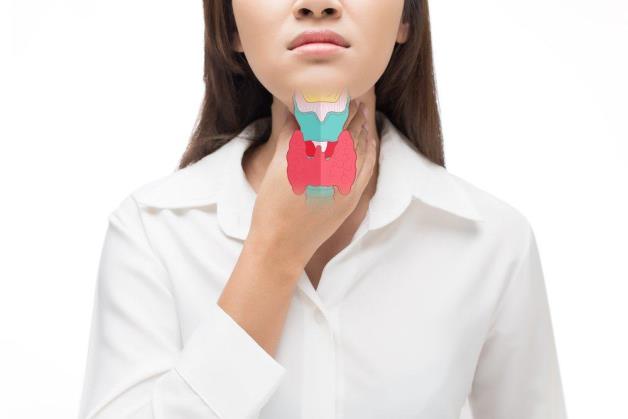White-spotted tonsils: causes and treatment (P1)

When you had inflammation or infection of your tonsils many years ago, doctors will perform tonsillectomy for you. Currently, this is still a treatment that many people believe, but doctors believe that the tonsils have a greater influence on the digestive process than people think. In addition, when white spots appear on the tonsils, the tonsils are also playing a role in helping to fight infection. These white spots are usually pus that forms when white blood cells destroy bacteria and viruses that attack tissues in the throat.
You can treat these symptoms at home, but in some severe and prolonged cases you should see a doctor for definitive treatment.
White streaks on the tonsils can be a sign of strep throat, infectious mononucleosis, or other infectious conditions. You can treat these symptoms at home with simple methods. However, if the condition persists, you should see a doctor for prompt treatment.
In addition, if suddenly your tonsils appear white streaks, you should also see a doctor to know your condition. However, you can easily treat it with non-surgical methods to remove white streaks from your tonsils. At the same time, you should also actively learn about the causes of white spots on the tonsils and the appropriate treatment.
Symptom
White spots on the tonsils can often only appear on or around this area and throughout the mouth. Additionally, these white streaks may appear as lines in the back of the throat or on and around the tonsils. In addition to white streaks, you may experience an itchy throat and difficulty swallowing food.
Other symptoms that often accompany the appearance of white streaks on the tonsils include: Sneezing, sore throat, cough, fever, pain when swallowing, stuffy nose, headache, body aches, swollen glands, trouble breathing. Sometimes you feel short of breath because your tonsils swell and partially block your airway.
What are the main causes of white spots on your tonsils?
- Tonsillitis occurs when your tonsils become infected by a viral or bacterial attack. When the tonsils begin to fight the infection, they secrete white pus-filled lumps that form multiple white streaks. Early stage tonsillitis may cause headache, fever or stiff neck;
- Tonsillitis "stones": this is a symptom caused by debris in the tonsil fissures. Stones can contain bacteria, mucus, food particles, or dead cells that accumulate over time. These debris create the perfect environment for bacteria and viruses to grow, increasing the risk of infection. This inflammatory process can cause these debris to become entangled in the tonsils, making them harder and stronger, making treatment difficult and uncomfortable for the patient;
- Oral thrush: white patches on the tonsils can be caused by an infection caused by a fungus. On our bodies, there are often fungi, if conditions are favorable they will proliferate and adversely affect your health. People with weak resistance or those who eat too much sugar are in the high-risk group for fungal infections in the mouth. White patches caused by fungus appear not only on the tonsils but also on the tongue, cheeks and palate. These white patches do not cause swelling, but can change the taste in your mouth;
- Sore throat: A strep infection is one of the common causes of a sore throat. When you have a strep infection, your tonsils and throat will often appear white. When you have a sore throat, you often feel pain when chewing or an itchy throat. The lymph nodes in the neck and tonsils will swell with high fevers as these organs are trying to fight the infection.
- Mononucleosis: also known as mono (a rare disease caused by infection with a virus called Epstein-Barr). This viral infection will be associated with many common flu-like symptoms such as fatigue, fever and headache. Adolescents with this condition often develop patches of pus in the throat, especially around the tonsils. Lymph nodes become enlarged and, in some patients, cause a red rash all over the body.
Dangerous factors
People with weak resistance have a higher risk of developing white spots on the tonsils. Other risks depend on the specific situation in each person. In places like schools and daycares, for example, where there is close contact, strep throat and mononucleosis have more opportunities to thrive.
Diagnostic
Your doctor will ask about your other symptoms and use a cotton swab to take a sample of the white streaks in your tonsils for testing to see if the sample contains disease-causing bacteria or viruses. The medical professionals will also do a physical exam of you and examine the lymph nodes for swelling or tenderness to the touch. Through the test results, your doctor will determine exactly the right treatment for your condition.